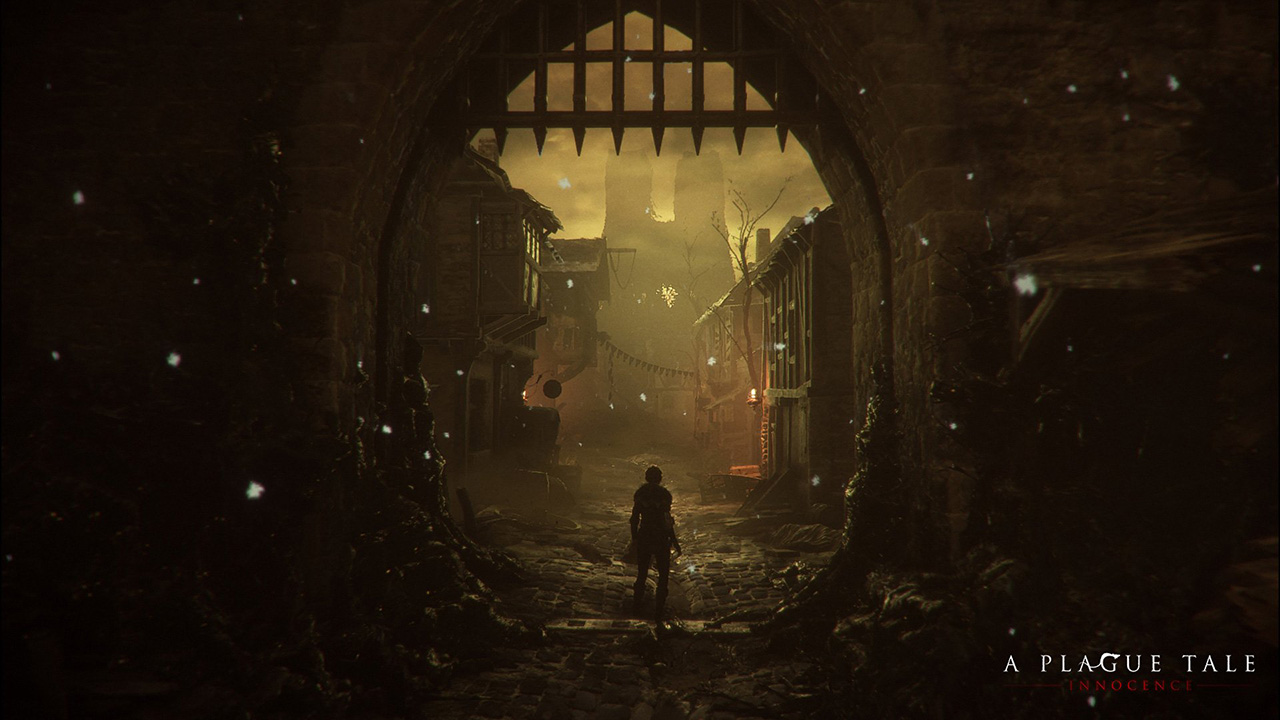Descriptor sets have vexed me at every step of development. They're new and different and they have a lot of rules which aren't all that obvious. This document will hopefully lay out everything in one convenient place that I - and also you - can refer to
First, let's talk about what we're trying to do
Most renderers need some way for shaders to access resources like textures, buffers, etc. For the Vulkan API, this way is the almighty descriptor set. Descriptors, as I understand them, are essentially a pointer to a resource. You update your descriptor sets with your resources, then you bind the descriptor sets to your command buffer, then shaders involved in subsequent drawcalls can look at the descriptors to know what resources they should actually read from. I'm not entirely sure why there's this indirection - and in fact, on AMD GPUs descriptor sets are actually just pointers - but the indirection exists, and we all have to find a way to deal with it
